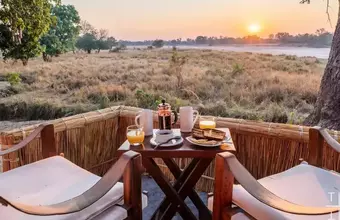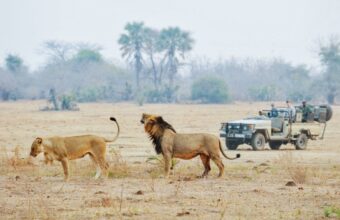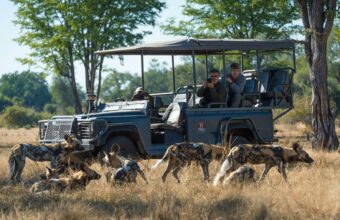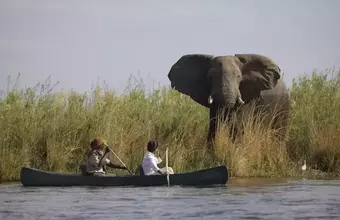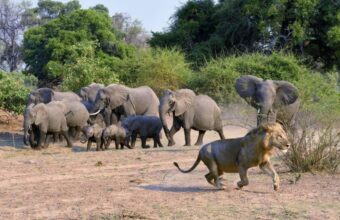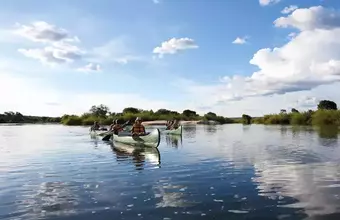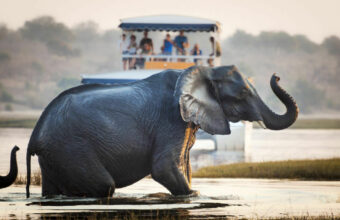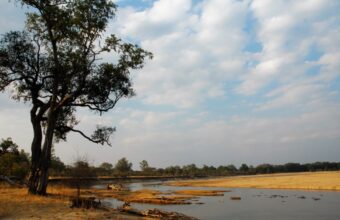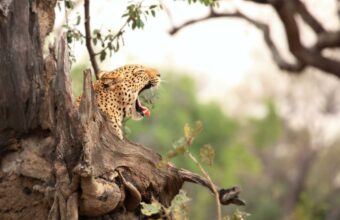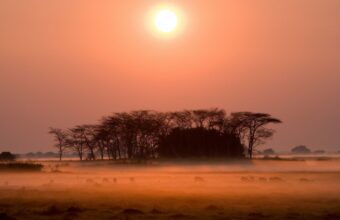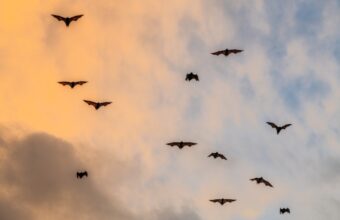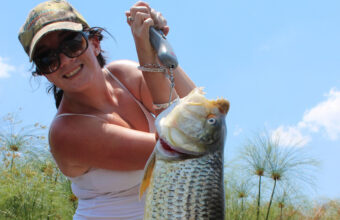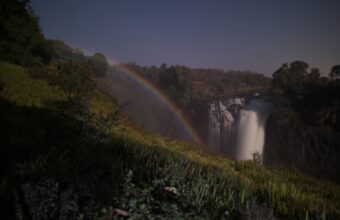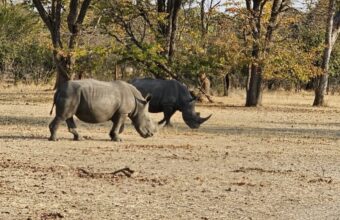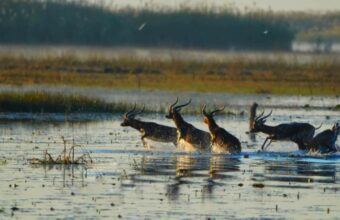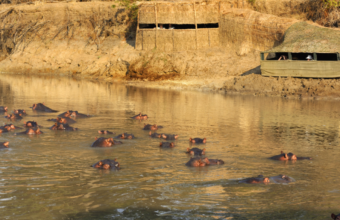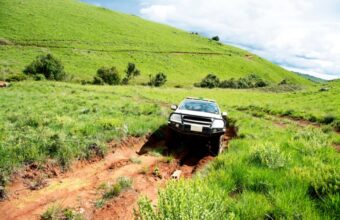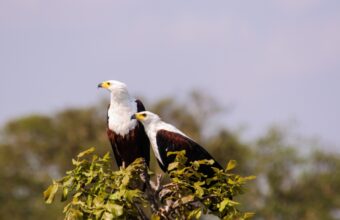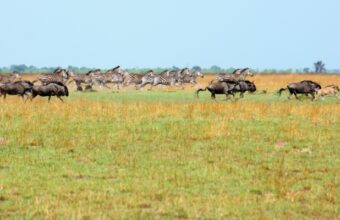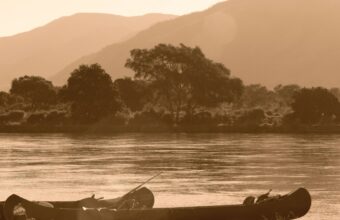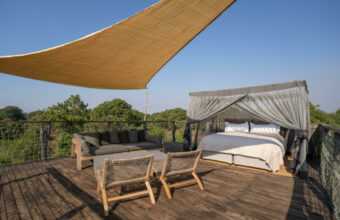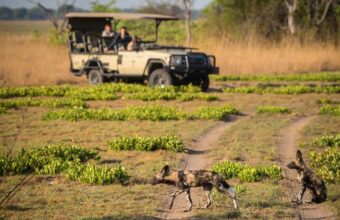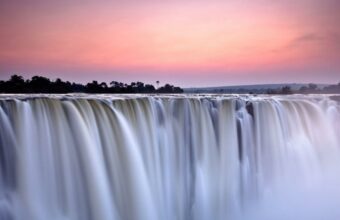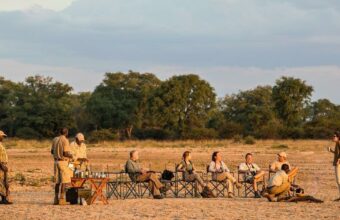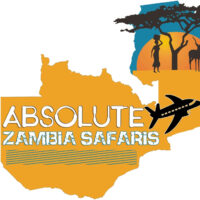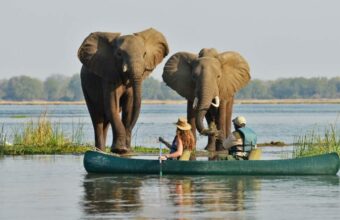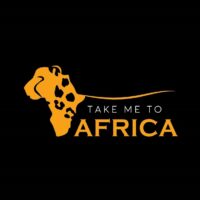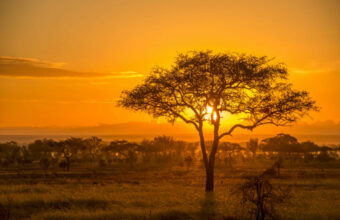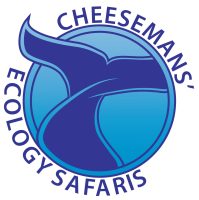The best safari in Zambia
An expert guide to Zambia's best safari parks, camps & lodges
I fell in love with Zambia after my first safari, at the tender age of 15. A few years later I returned for what was initially supposed to be a six-week holiday... 30 years later, I couldn’t imagine living anywhere else.
As a travel journalist and guidebook author specialising in Zambia safari and wildlife, I’ve visited pretty much all of the country’s 21 National Parks, as well as many of its transfrontier parks, wildlife reserves, game management areas, RAMSAR wetland sites, forest reserves and Important Birding Areas.
For my money, a safari in Zambia is as good or better than anywhere else in Africa. But in a country this vast and difficult to navigate, travelling here comes with some potential pitfalls. In the following pages I’ll explain some of my best Zambia safari recommendations, as well as some of the things you should know before you book. Happy travels!
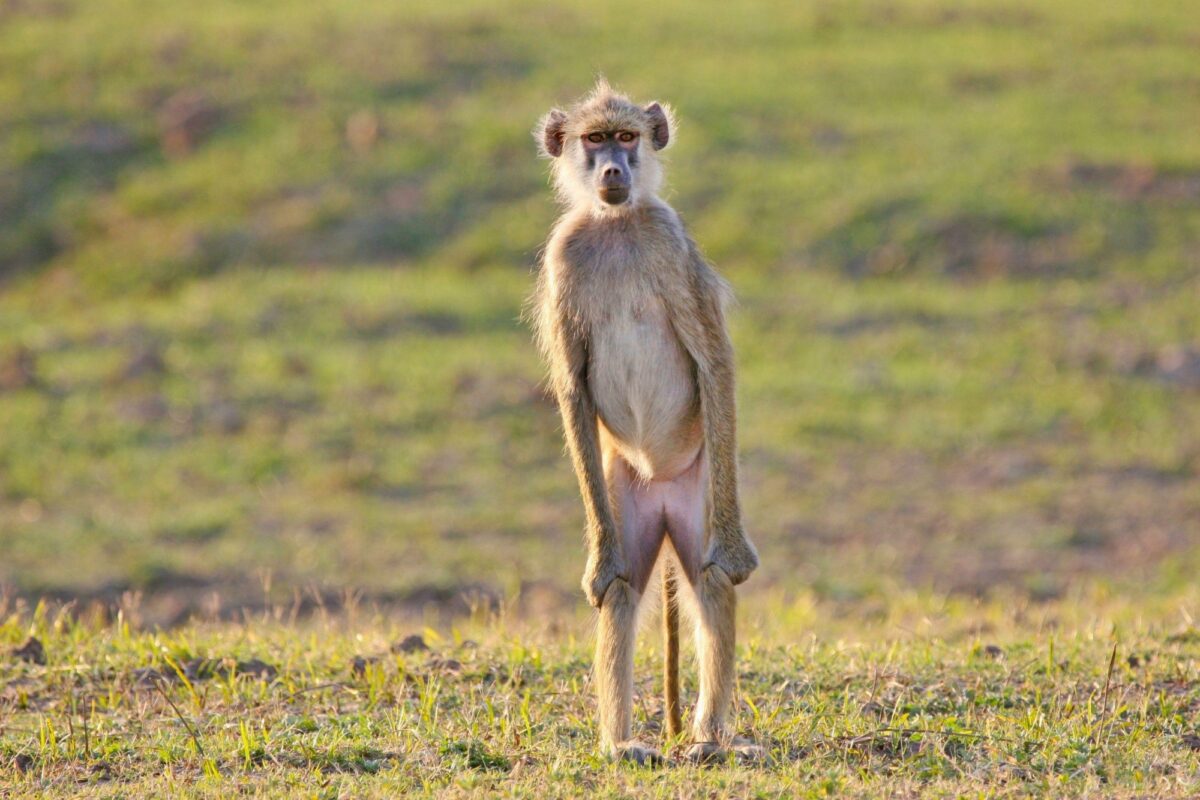
Baboon standing guard in Luangwa
Zambia's best safaris
Our experts' recommended safari parks & camps
-
North Luangwa National Park
-
South Luangwa National Park
View trips -
Kafue National Park
View trips -
Kasanka National Park
-
Lower Zambezi National Park
View trips -
Victoria Falls
View trips -
Mosi-oa-Tunya National Park
-
Bangweulu Wetlands
-
South Luangwa National Park
View trips -
Zambia
View trips -
Liuwa Plain National Park
-
Liuwa Plain National Park
-
Lower Zambezi National Park
View trips -
South Luangwa National Park
View trips
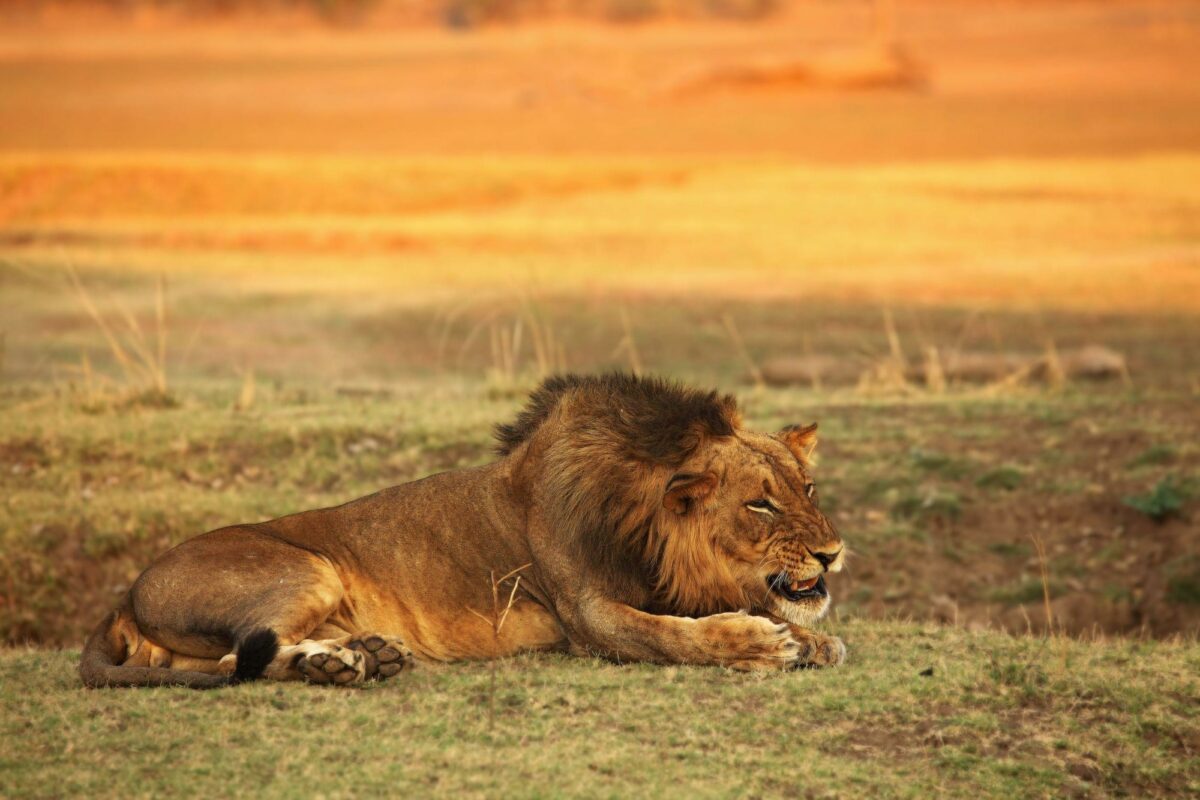
A lion in South Luangwa National Park
Zambia safari: Need to know
Everything you wish you'd know before you booked
Journey distances and patchy infrastructure can pose a challenge, and it’s easier to fly between parks than drive, which pressures your budget and the environment. The country’s focus is skewed more to high cost/low volume tourism, so accommodation tends to be more on the expensive side, with less options for backpackers and those on a tight budget.
Think beyond the classic 'Big Five' safari
First-time safari goers are often fixated on seeing the so-called Big Five (lion, elephant, buffalo, rhino and leopard). This might seem like strange advice coming from a safari operator, but to be honest I think there are better places to see the Big Five elsewhere in Africa. Zambia is home to all five, but they're hard to find all together in any one park, and poaching has made the rhino populations especially threatened.
In my personal opinion, the real gems of a Zambia safari are the species and experiences that you can't easily find elsewhere on the continent. Zambia is especially fascinating for its wetlands which provide a precious ecosystem for numerous bird species, most notably the rare and bizarre-looking shoebill storks of the Bangweulu Wetlands.
Another unique aspect of a Zambia safari is the different range of safari types. In East Africa you can spend all day in a jeep chasing the Big Five, while in Zambia's Lower Zambezi National Park you can see lions, elephants, buffalo and leopards, hippos and crocodiles on a canoe safari. Zambia is also famous for its walking safaris, most notably South Luangwa, the birthplace of the walking safari. I can't think of any better way to explore the bush than on foot walking through big game country.
Getting around
You’ll almost certainly arrive at Lusaka, Zambia’s capital city. Lusaka International Airport is 22 kilometres from the city centre, where there are plenty of hotels and guest houses to choose from. Adjacent to the international terminal is the domestic terminal, where you can connect with flights to the main national parks.
Lusaka is the central point of Zambia and all major roads heading north, south, east and west pass through the city. Livingstone and Victoria Falls are 470 km away, so I highly recommend flying. Kafue National Park is located 591 km from Lusaka, if you wish to fly here a charter flight will be needed. South Luangwa National Park is 527 km from Lusaka but best accessed by plane, and there are both scheduled and charter flights on this route.
How to avoid (too much) flying
If you want to avoid too much domestic flying, I’d highly recommend South Luangwa National Park which pretty much has everything you’d want to see. Alternatively Kafue National Park has lots of diverse landscapes such as the Busanga swamps and floodplains, you can stay here for at least a week, travelling from lodge to lodge by road.
Driving in Zambia is a challenge. The distances between the various safari areas and national parks are huge and the roads are often poor. While many of the roads are getting an upgrade, in most cases the easiest is still to fly between parks in light aircraft. Many routes offer fixed schedules, but if you intend to travel away from the main parks, you’ll need to fly on a charter plane. When transferring from one camp to another, within the same national park, you’ll usually be transferred by 4WD (effectively like a bonus game drive). In some specialist walking camps in South Luangwa, you may be able to walk between the camps.
If you are intending to drive, avoid travelling after dark and be aware that potholes, pedestrians and animals occur at random and other drivers can be erratic. If you’re not driving a 4x4 vehicle, don’t drive.
If you book your trip as an organised tour, either private or group, all your transport logistics will be arranged for you.
Zambia safari pro tip
If you’re booking a safari tour that’s longer than six or seven days, your itinerary will likely include multiple national parks with domestic flights between them. A good question to ask your operator is whether these are scheduled flights via Lusaka, or if they’re direct flights between the national parks. Going via Lusaka each time significantly adds to the stress, time and environmental cost of your trip, try to book an itinerary with direct flights where possible.

